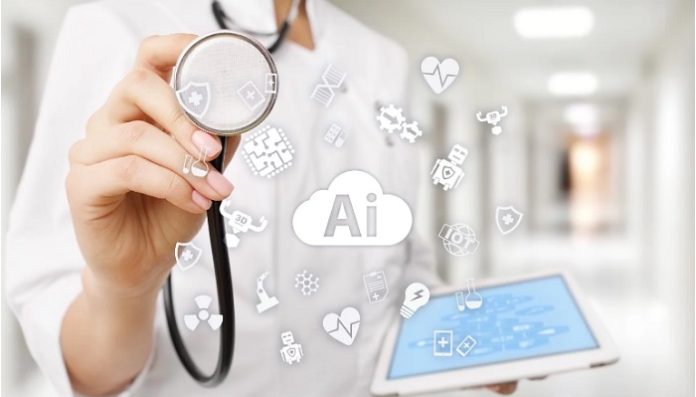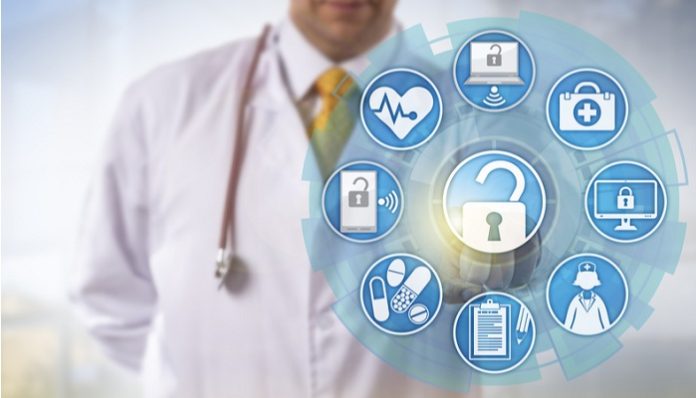Do you ever feel self-conscious about your smile as you age? The natural changes that occur in our teeth and gums over time can lead to a less vibrant and youthful appearance, making us feel less confident and attractive. But it doesn’t have to be that way! There are several effective ways to rejuvenate your smile and promote good oral health, even as you get older.
In this comprehensive guide, we’ll explore how age affects our smile and discuss various treatment options to enhance its appearance and functionality, from cosmetic dentistry procedures to restorative dental treatments like the all on 4 implants. Ready to dive in and discover the secrets to a beautiful and youthful smile, no matter your age? Read on!
How Age Influences Our Smile
As we journey through the stages of life, our smile undergoes natural changes that can impact both its health and appearance. Understanding these changes is crucial for taking proactive steps to maintain a vibrant and youthful smile as we age.
-
Natural Changes in Teeth and Gums Due to Aging
Enamel, the protective outer layer of the teeth, gradually wears down, making them more susceptible to discoloration and sensitivity as you age. The dentin, the layer beneath the enamel, may also darken, contributing to a duller smile. Additionally, the gums tend to recede, exposing more of the tooth’s root and potentially leading to increased sensitivity and tooth loss.
-
Effects of Age-related Factors
Apart from the natural changes, age-related factors can further impact your smile. Years of wear and tear from biting, chewing, and dental habits can result in chipped, cracked, or worn teeth. Tooth decay becomes a more significant concern as well, with older adults experiencing a higher risk of cavities. Gum disease, such as periodontitis, becomes more prevalent in older age, potentially leading to gum recession and tooth loss if left untreated.
-
Impact of Lifestyle Habits on Smile Appearance
It’s essential to recognize that lifestyle habits also play a role in the appearance of your smile as you age. Smoking and tobacco use not only stain teeth but also contribute to gum disease and oral cancer. Regular consumption of certain foods and beverages, such as coffee, tea, and red wine, can also cause teeth discoloration over time. Furthermore, poor oral hygiene practices, like inadequate brushing and flossing, can accelerate the effects of aging on our smile.
By adopting good oral care practices and seeking professional dental treatments, one can counteract the effects of aging, safeguard their smile, and embrace the journey of aging gracefully.

Rejuvenation Options For A Youthful Smile
There are several effective treatments available for age-related smile problems through cosmetic and restorative dentistry. These options can address both aesthetic concerns and age-related dental issues, helping you regain confidence and radiance in your smile. Check them out below:
- Teeth Whitening: One of the most popular cosmetic treatments, teeth whitening can effectively remove stains and discoloration caused by age, lifestyle habits, and certain foods or beverages. Professional teeth whitening procedures can brighten your smile by several shades, restoring a youthful appearance.
- Dental Veneers: These thin, custom-made shells are bonded to the front surface of teeth to improve their shape, size, color, or alignment. Veneers can address a variety of cosmetic concerns, such as chipped or worn teeth, uneven spacing, or severe staining, providing a transformative effect on your smile.
- Dental Implants: If tooth loss has affected the appearance of your smile, dental implants offer a long-lasting solution. These titanium posts are surgically placed into the jawbone, acting as artificial tooth roots to support natural-looking replacement teeth, restoring both the aesthetics and functionality of your smile.
- Orthodontics (braces, aligners): Straightening misaligned or crooked teeth can significantly improve the symmetry and overall appearance of your smile. Traditional braces or clear aligner systems, such as Invisalign, can gradually shift teeth into their correct positions, giving you a straighter and more youthful smile.
- Dental Crowns and Bridges: These restorative treatments are used to repair severely damaged or missing teeth. A dental crown covers and protects a damaged tooth, while a dental bridge replaces missing teeth by anchoring artificial teeth to adjacent natural teeth. These procedures can restore both the function and appearance of your smile.
- Dentures and Partial Dentures: For individuals with multiple missing teeth, dentures or partial dentures offer a removable tooth replacement solution. Modern dentures are custom-made to fit comfortably and look natural, providing a complete smile makeover.
- Dental Fillings and Root Canals: Dental decay and infection can compromise the health and appearance of your smile. Tooth-colored fillings can restore damaged or decayed teeth, blending seamlessly with your natural tooth color. Root canal therapy, on the other hand, can treat and save infected teeth, preventing the need for extraction and preserving the integrity of your smile.
Consult with a skilled cosmetic or restorative dentist to explore these rejuvenation options and find the best solution to enhance the aesthetics and functionality of your smile.
Conclusion
Maintaining a vibrant and youthful smile is a goal that many of us strive for. With the understanding that our smile evolves with age and the knowledge of effective rejuvenation options, we can take proactive steps to preserve the health, aesthetics, and functionality of our smile.


























